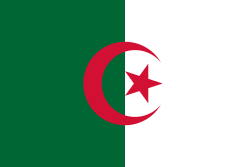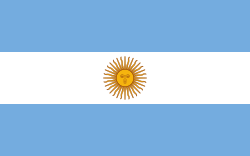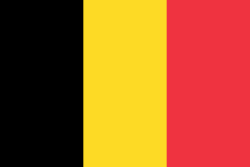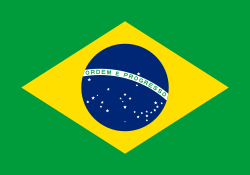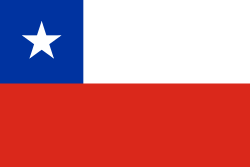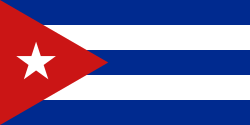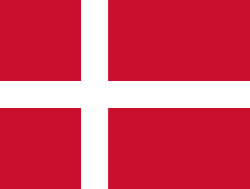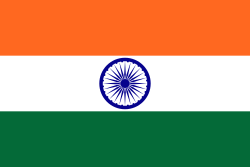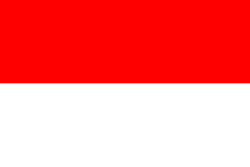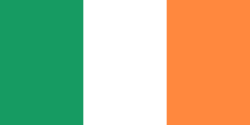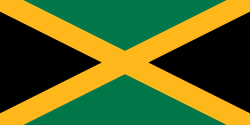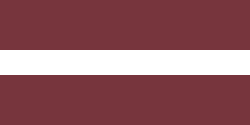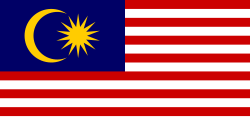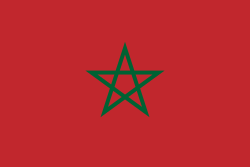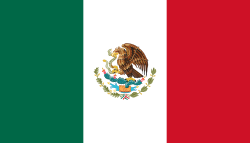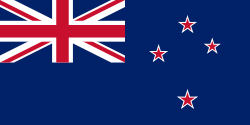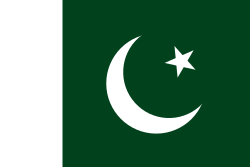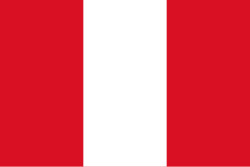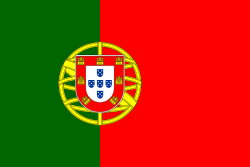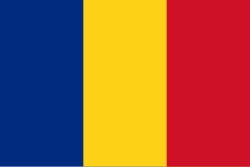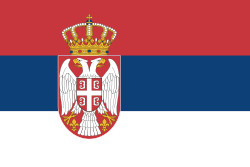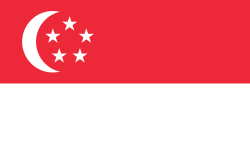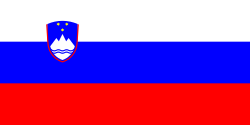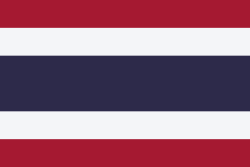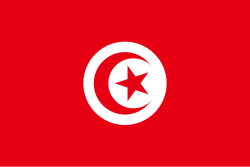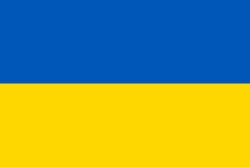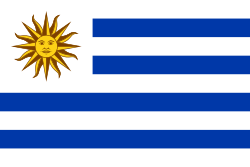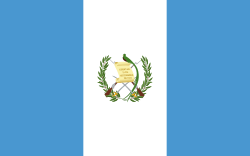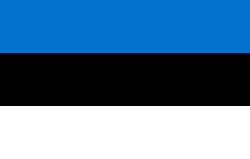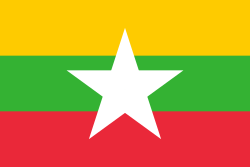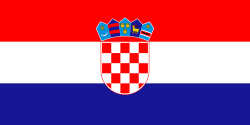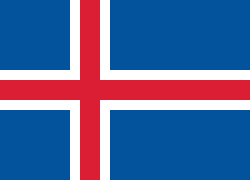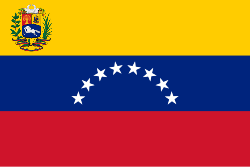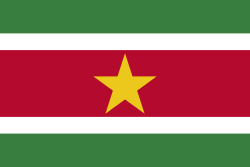Internationale Hydrografiske Organisation

Den Internationale Hydrografiske Organisation (IHO), med de officielle navne: International Hydrographic Organization (IHO) (eng.) og Organisation hydrographique internationale (OHI) (fra.), er en interstatslig organisation der arbejder med hydrografi, søkort og marine emner, herunder marine miljøsager. IHO nyder observatørstatus i FN. Det er IHO's standarder og specifikationer der refereres til, som autoriteten indenfor hydrografisk udforskning og søkortfremstilling.
Historie og formål
IHO blev grundlagt i 1921 under navnene: International Hydrographic Bureau (IHB) og Bureau hydrographique international (BHI). Det nuværende navn blev antaget i 1970 af de daværende medlemslande, som en del en af ny international konvention om IHO.
Mange søfartsnationer oprettede op gennem 1800-tallet egne hydrografiske institutioner, der ved at udgive søkort, nautiske publikationer og andre nautiske tjenester, skulle forbedre flådens- og handelsskibenes navigations forhold. Da der var store forskelle mellem de forskellige udgivelser landene imellem, diskuteredes det ad flere omgange, i slutningen af 1800-tallet, at oprette en permanent international kommission. I 1919 tog britiske og franske hydrografer de nødvendige skridt til at indkalde til en international konference for hydrografer i London. 24 lande deltog, og formålet var:[1]
- at sikre at alle maritime nationer benytter samme metoder under udarbejdelse, konstruktion og produktion af deres søkort og hydrografiske udgivelser.
- at oprette et system for hurtig udveksling af hydrografisk information landene imellem.
- at tilvejebringe en mulighed for konsultation og drøftelser af hydrografiske emner generelt.
Som et resultat af konferencen, forberedtes vedtægterne til en permanent organisation. Det daværende IHB, nu IHO, begyndte sine aktiviteter i 1921 med 18 medlemslande og med hovedsæde i Monaco, Frankrig.
Funktioner

IHO's vigtigste funktioner er:[2]
- at skabe et tæt og løbende samarbejde mellem de nationale hydrografiske institutioner.
- at undersøge spørgsmål vedrørende hydrografi og lignende videnskaber og teknikker.
- at fremme udvekslingen af søkort og dokumenter mellem hydrografiske institutioner eller medlemslandenes regeringer.
- at vejlede og rådgive efter anmodning, navnlig til lande der er engagerede i at etablere eller udvide deres hydrografiske tjenester.
- at tilskynde til koordinering af hydrografiske undersøgelser med relevante oceanografiske aktiviteter.
- at udvide og lette anvendelsen af oceanografisk viden til gavn for navigatører.
- at samarbejde med internationale organisationer og videnskabelige institutioner, der har relaterede mål.
- at udvikle hydrografiske og nautiske kortlægningsstandarder, som medlemsstaterne kan enes om. Alle medlemsstater skal følge disse standarder i deres undersøgelser, søkort og publikationer.
Den næsten universelle anvendelse af disse standarder betyder, at produkter og tjenester fra verdens hydrografiske og oceanografiske institutioner til stadighed er konsekvent og genkendelig for alle søfarende og andre brugere.
Udgivelser og standarder
De fleste IHO-udgivelser, inklusive; standarder, retningslinjer og associerede dokumenter som f.eks. the International Hydrographic Review, Internationale hydrografiske bulletiner, Hydrografisk ordbog og Årbogen, er frit tilgængelige for offentligheden fra IHO's hjemmeside.
Sømil
På en ekstraordinær konference i 1929 vedtog IHO definitionen på en sømil til at være 1852 meter eksakt.[3]
Medlemslande
Nedenstående 81 lande er (pr. 22. januar 2013) medlem af IHO. (evt. repræsenterende myndighed anført i parentes):
Primære samarbejdspartnere
- International Maritime Organization (IMO) — søfarts-regler, sikkerhed og kommunikation m.m.
- World Meteorological Organization (WMO)
- Intergovernmental Oceanographic Commission (IOC)
- International Association of Lighthouse Authorities (IALA)
Se også
ECDIS – Electronic Chart Display and Information System (Elektronisk søkort- og informationssystem)
Kilder
- ^ About the IHO på www.iho.int Arkiveret 28. maj 2013 hos Wayback Machine Hentet 22. jan 2013
- ^ Visiting the IHB på www.iho.int Arkiveret 28. maj 2013 hos Wayback Machine Hentet 22. jan 2013
- ^ Bureau International des Poids et Mesures, The International System of Units (SI) (8th ed.), 2006, s. 127(pdf), ISBN 92-822-2213-6. Hentet 22. jan. 2013
Eksterne henvisninger
- International Hydrographic Organization – Officiel hjemmeside. Hentet 22. jan. 2013
- Limits of Oceans and Seas (SP-23), International Hydrographic Organization Arkiveret 2. december 2012 hos Wayback Machine (pdf) Hentet 21. januar 2013
- Hydrographic Blogspot Arkiveret 4. marts 2016 hos Wayback Machine
Koordinater: 43°43′56.9″N 7°25′26.3″Ø / 43.732472°N 7.423972°Ø
|
Medier brugt på denne side
Flag of Canada introduced in 1965, using Pantone colors. This design replaced the Canadian Red Ensign design.
Det er let at give dette billede en kant
The national flag of the Democratic Republic of the Congo. Created according to the 2006 constitution : Son emblème est le drapeau bleu ciel, orné d’une étoile jaune dans le coin supérieur gauche et traversé en biais d’une bande rouge finement encadrée de jaune. (Its symbol is a sky blue flag, decorated with a yellow star in the upper left corner and crossed in the diagonal by a red strip with thin yellow borders) It seems to be identical, except for a lighter field hue, to the 1966–1971 flag.
The flag of the Dominican Republic has a centered white cross that extends to the edges. This emblem is similar to the flag design and shows a bible, a cross of gold and 6 Dominican flags. There are branches of olive and palm around the shield and above on the ribbon is the motto "Dios,Patria!, Libertad" ("God, Country, Freedom") and to amiable freedom. The blue is said to stand for liberty, red for the fire and blood of the independence struggle and the white cross symbolized that God has not forgotten his people. "Republica Dominicana". The Dominican flag was designed by Juan Pablo Duarte, father of the national Independence of Dominican Republic. The first dominican flag was sewn by a young lady named Concepción Bona, who lived across the street of El Baluarte, monument where the patriots gathered to fight for the independence, the night of February 27th, 1844. Concepción Bona was helped by her first cousin María de Jesús Pina.
Finlands flag
bendera Indonesia
Flag of Jamaica. “The sunshine, the land is green, and the people are strong and bold” is the symbolism of the colours of the flag. GOLD represents the natural wealth and beauty of sunlight; GREEN represents hope and agricultural resources; BLACK represents the strength and creativity of the people. The original symbolism, however, was "Hardships there are, but the land is green, and the sun shineth", where BLACK represented the hardships being faced.
Flag of Portugal, created by Columbano Bordalo Pinheiro (1857–1929), officially adopted by Portuguese government in June 30th 1911 (in use since about November 1910). Color shades matching the RGB values officially reccomended here. (PMS values should be used for direct ink or textile; CMYK for 4-color offset printing on paper; this is an image for screen display, RGB should be used.)
The flag of Slovenia.
- "The construction sheet for the coat of arms and flag of the Republic of Slovenia
- is issued in the Official Gazette Uradni list Republike Slovenije #67, 27 October 1994
- as the addendum to the Law on the coat of arms and flag."
Used color: National flag | South African Government and Pantone Color Picker
| grøn | rendered as RGB 0 119 73 | Pantone 3415 C |
| gul | rendered as RGB 255 184 28 | Pantone 1235 C |
| rød | rendered as RGB 224 60 49 | Pantone 179 C |
| blå | rendered as RGB 0 20 137 | Pantone Reflex Blue C |
| hvid | rendered as RGB 255 255 255 | |
| sort | rendered as RGB 0 0 0 |
The national flag of Kingdom of Thailand; there are total of 3 colours:
- Red represents the blood spilt to protect Thailand’s independence and often more simply described as representing the nation.
- White represents the religion of Buddhism, the predominant religion of the nation
- Blue represents the monarchy of the nation, which is recognised as the centre of Thai hearts.
Det er let at give dette billede en kant
Flag of Iran. The tricolor flag was introduced in 1906, but after the Islamic Revolution of 1979 the Arabic words 'Allahu akbar' ('God is great'), written in the Kufic script of the Qur'an and repeated 22 times, were added to the red and green strips where they border the white central strip and in the middle is the emblem of Iran (which is a stylized Persian alphabet of the Arabic word Allah ("God")).
The official ISIRI standard (translation at FotW) gives two slightly different methods of construction for the flag: a compass-and-straightedge construction used for File:Flag of Iran (official).svg, and a "simplified" construction sheet with rational numbers used for this file.
Det er let at give dette billede en kant
Forfatter/Opretter:
- Oceans_and_seas_boundaries_map-fr.svg: Pinpin
- derivative work: Jugger90 (talk)
- derivative work: Dziban303 (diskussion) 02:20, 5 April 2021 (UTC)
World map of oceans and seas : English version
Information:
Blue = Members Brown= Suspended Members Red = approved, but awaiting deposit of Instrument of Accession
Green = membership ApplicationsTrinidad og Tobagos flag
Flag of Papua New Guinea
Colours: Pantone 186 C for red and 116 C for yellow
